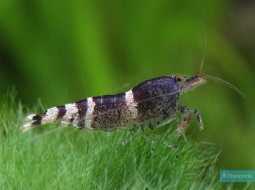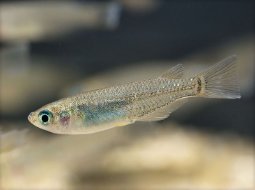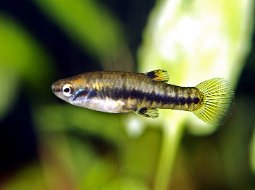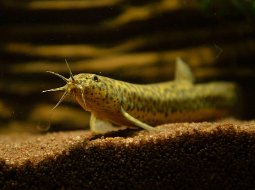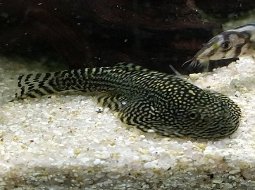
Loading Aqualapp ...
Care and Compatibility of Filamentous Tetra - Dicrossus filamentosus
Introduction
Dicrossus filamentosus, commonly known as the Filamentous Tetra, is native to the rivers and streams of South America. It stands out for its bright coloration and long fins, giving it an elegant and distinctive appearance. This fish is found in slow-moving waters and areas with abundant vegetation.
Behavior
The Dicrossus filamentosus is a territorial and shy fish that prefers to live in pairs or small groups. During breeding, males may show aggressive behavior to protect their territory. Overall, this species is peaceful with other fish as long as it has enough space and hiding spots in the aquarium.
Sexual Dimorphism
Males and females of Dicrossus filamentosus are similar in appearance, but males typically have brighter coloration and a more streamlined shape. During breeding, males display more territorial and aggressive behavior.
Reproduction
In captivity, Dicrossus filamentosus can breed if provided with the right conditions. The female will lay eggs in a nest on the substrate or plants, and the male will guard the area around the nest. Both parents will care for the fry until they are large enough to swim on their own.
Aquarium Conditions
The tank should be well-planted and decorated with hiding spots such as caves and branches to mimic the natural habitat of Dicrossus filamentosus. Filtration should be gentle, and the water should be kept clean and slightly acidic, with a stable temperature.
Feeding
Dicrossus filamentosus is an omnivore and accepts a varied diet. Its diet should include high-quality dry foods as well as live or frozen foods like mosquito larvae and brine shrimp. It is recommended to feed it twice a day in small amounts to keep it healthy.
Complexity
Caring for Dicrossus filamentosus is moderate. It requires a well-planted tank and a varied diet. Understanding its territorial behavior and providing enough space and hiding spots are essential for keeping this species in good condition.
In case you need more help, or if you want to know into any topic related to the Dicrossus filamentosus (Filamentous Tetra) and even any other species you can use the forums to ask what you need.
To do an analysis more detailed about coexistence and behavior of Dicrossus filamentosus (Filamentous Tetra) use the Aquarium simulation tool, if you do this you can test different ways to combine the Filamentous Tetra with other fishes giving the dimensions and space on you aquarium, on this way you can known the optimal configuration for keep the fishes that you want.
You can also find out the 108 species compatible with the Dicrossus filamentosus (Filamentous Tetra) can live together.
Note: The parameters of the water such as PH and temperature are also used to calculate the compatibility of the species.
Compatible species (108)
No species is compatible with the Filamentous Tetra, however, 108 fish are semi compatible with the Filamentous Tetra with certain conditions special.
With Reservation (18 Species)
Las especies territoriales por lo general pueden convivir con especies protegidas con coraza, ya que no pueden hacerles daño por su dura piel, lo que si hay que tener en cuenta es tener un acuario con dimensiones favorables para que cada pez pueda delimitar un territorio, ya que la mayoría de peces acorazados son también peces de fondo y les gusta estar buscando lugares donde ocultarse.
Compatible in some cases, it depends on the nature and personality of the fish.
Considerable size difference (9 Species)
They can coexist while they are similar in size or the size difference is not very abysmal, since as the fish grows it increases the chances of eating its partner that did not grow much.
Compatible if space is enough (81 Species)
They can coexist together if the aquarium they share is large and spacious enough for both species to feel good, as some fish may attack others to feel that they have little space and try to eliminate the competition.
Dicrossus filamentosus is generally relatively peaceful with others of its own species when kept in an appropriately sized group. Males may display territorial behavior during breeding and can sometimes fight among themselves if they feel threatened or if the tank space is insufficient. However, when provided with a sufficiently large aquarium with ample hiding spots and areas to establish territories, conflicts among males can be significantly reduced. Females are generally less aggressive and tend to be more tolerant. Overall, keeping Dicrossus filamentosus in a small group or in pairs with plenty of hiding spots is an effective way to minimize aggression and promote a harmonious environment.
Filamentous Tetra
Dicrossus filamentosus

- Ph: 5.5 - 7
- Temperature (c°): 24 - 28
- Measures: 5 cm - 7cm
- Aquarium Capacity:
35 Liters - 9 Gallons - Alimentación: Omnivores
- Comportamiento: Shy, Territorial
- Habitad: American
- Preferencias del Acuario: Caves, Natural plants
- Tamaño: Small
- Taxonomía: Fish
- Tipo de Agua: Sweet water, Tropical waters
- Velocidad de nado o movimiento: Normal
- Zona de Nado: Horizontal Swim


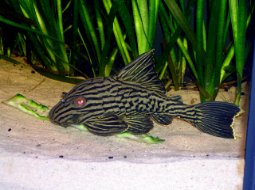
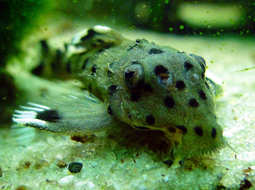
.jpg)
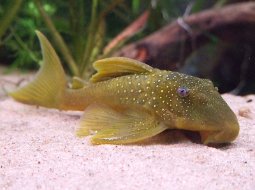



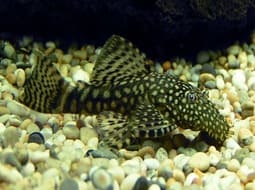
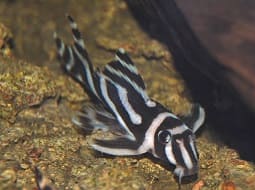
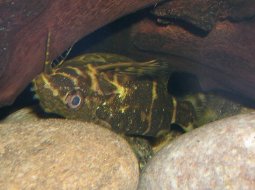

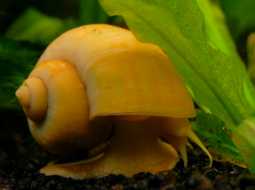

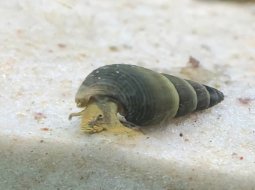



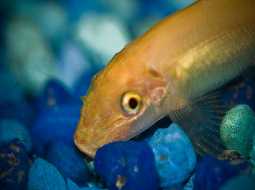
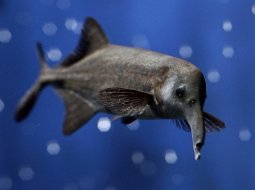
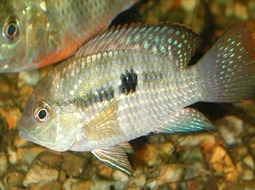
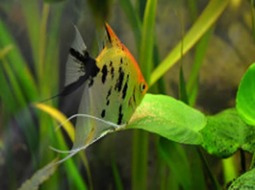
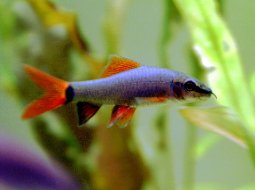
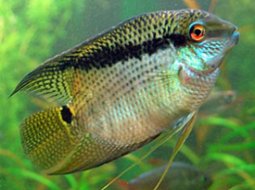

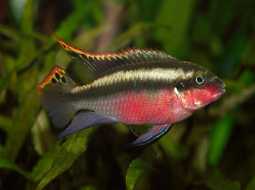
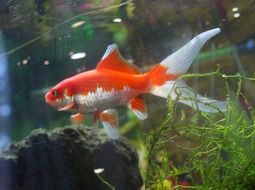


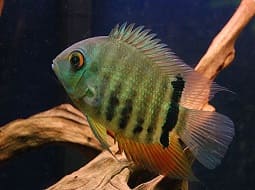
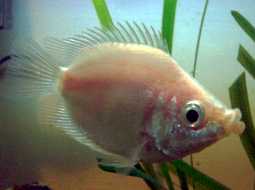
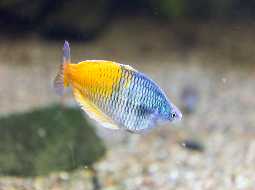

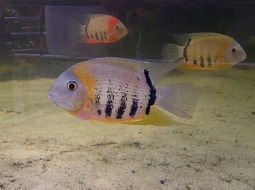
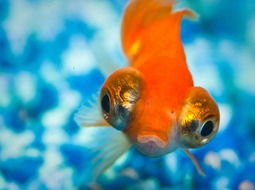

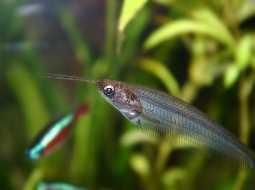




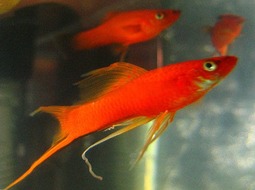
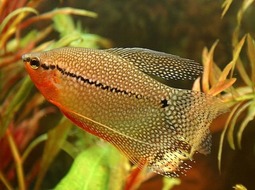
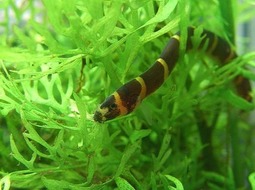
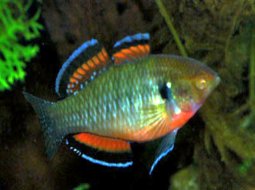



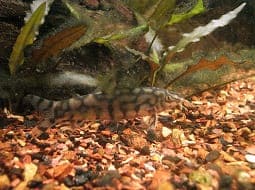
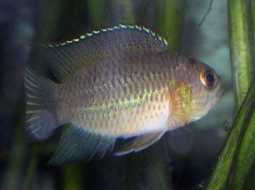
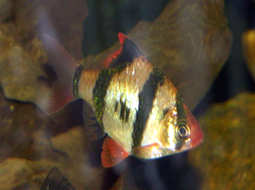
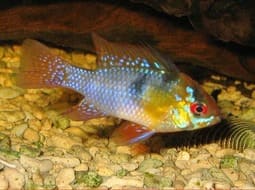
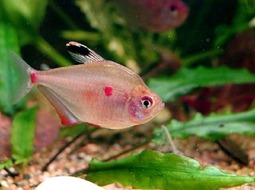


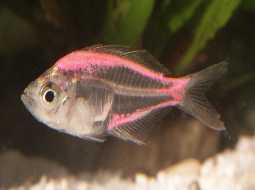

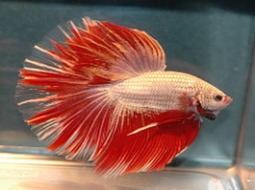
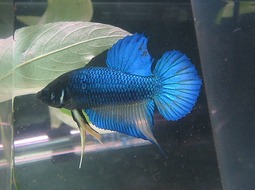
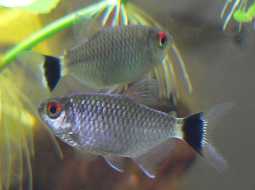


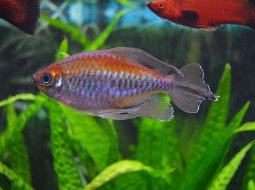
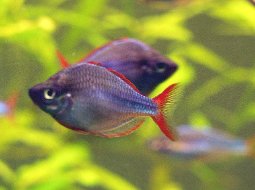
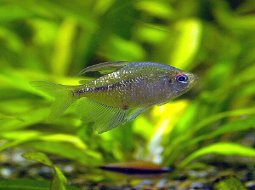


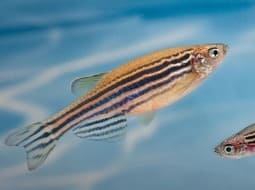
.jpg)
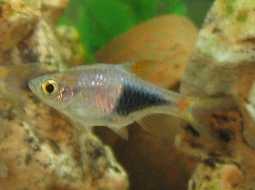
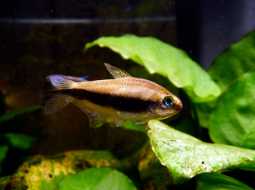


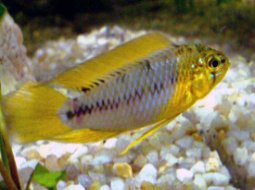
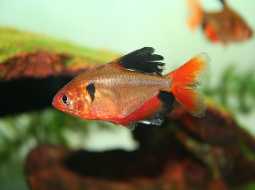
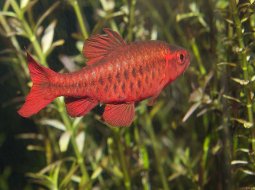



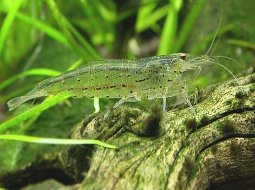
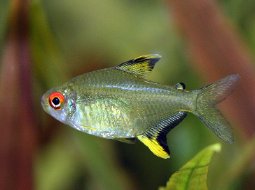
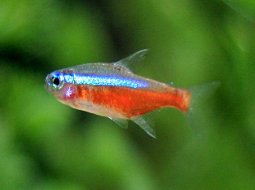
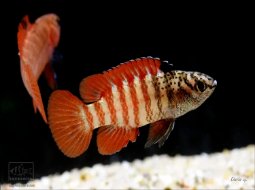
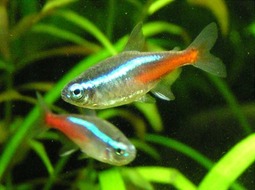
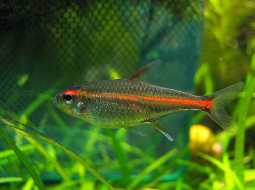
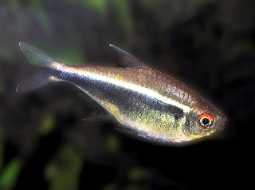
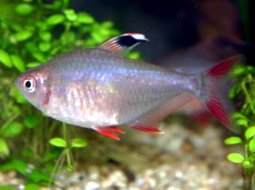


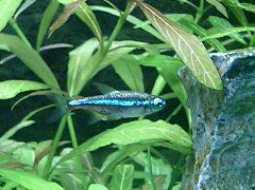
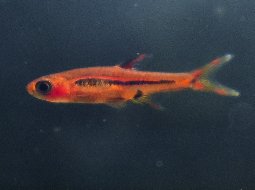
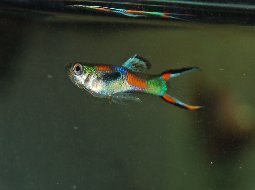
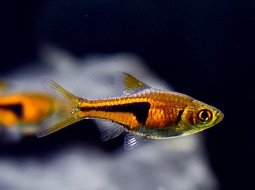
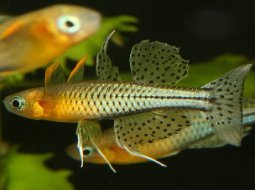
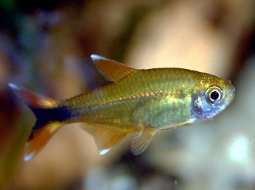
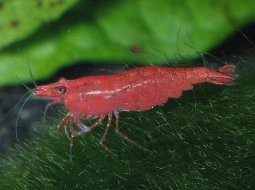
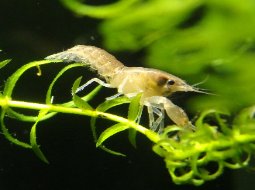
.jpg)
